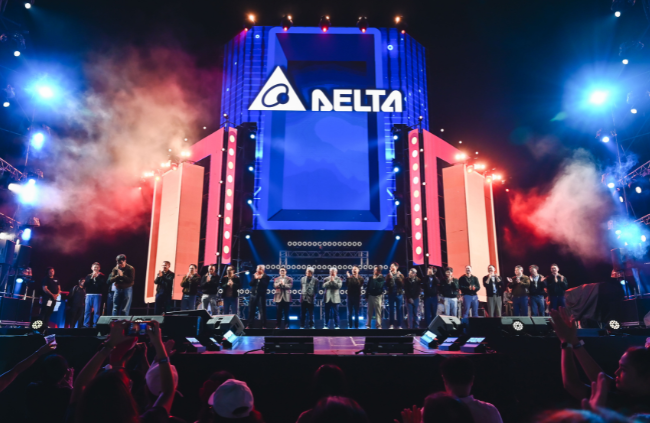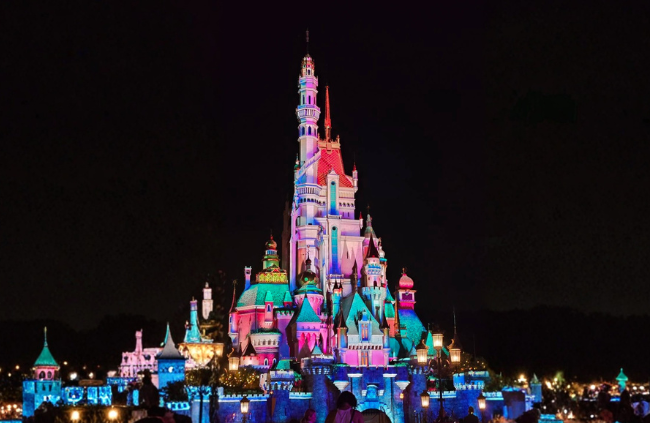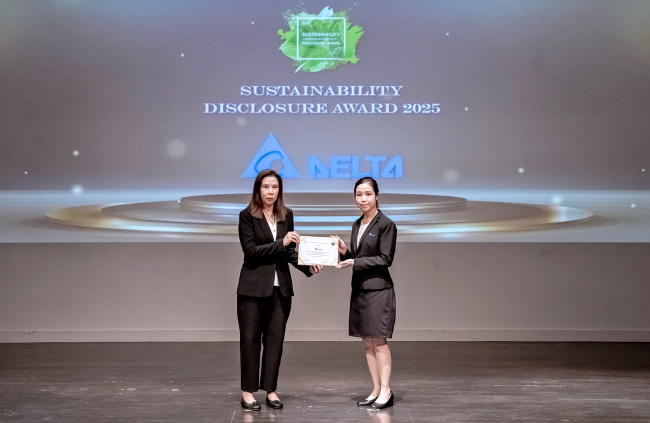Journey to Thailand’s Western Frontier Kanchanaburi
By David Nakayama - Published September 21, 2022
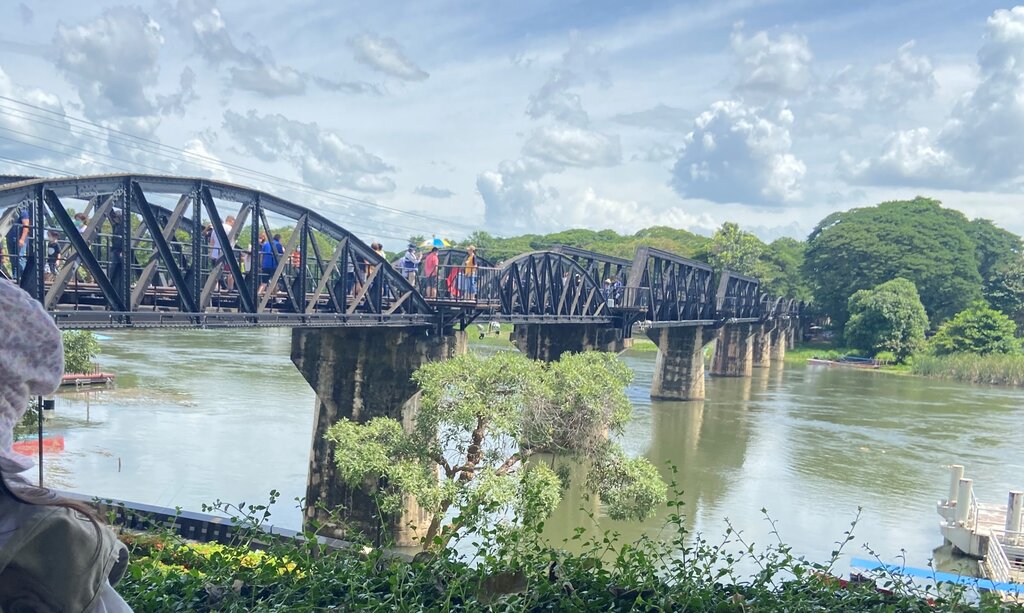 Bangkok, Thailand, August 17, 2022- Kanchanaburi Province is around 100 km west of Bangkok and the location of the infamous Death Railway which includes the River Bridge over the River Kwai. Besides World War 2 historical sites, the province also has outdoor adventure, river resorts and cultural attractions for a wide range of ages and interests.
Bangkok, Thailand, August 17, 2022- Kanchanaburi Province is around 100 km west of Bangkok and the location of the infamous Death Railway which includes the River Bridge over the River Kwai. Besides World War 2 historical sites, the province also has outdoor adventure, river resorts and cultural attractions for a wide range of ages and interests.
On a recent long weekend, I took my family on a 3-day road trip to this western province to enjoy some time to relax away from the smog of the city. Join us on a drive into the jungle and national parks on the Thailand-Burma frontier.
Sai Yok District
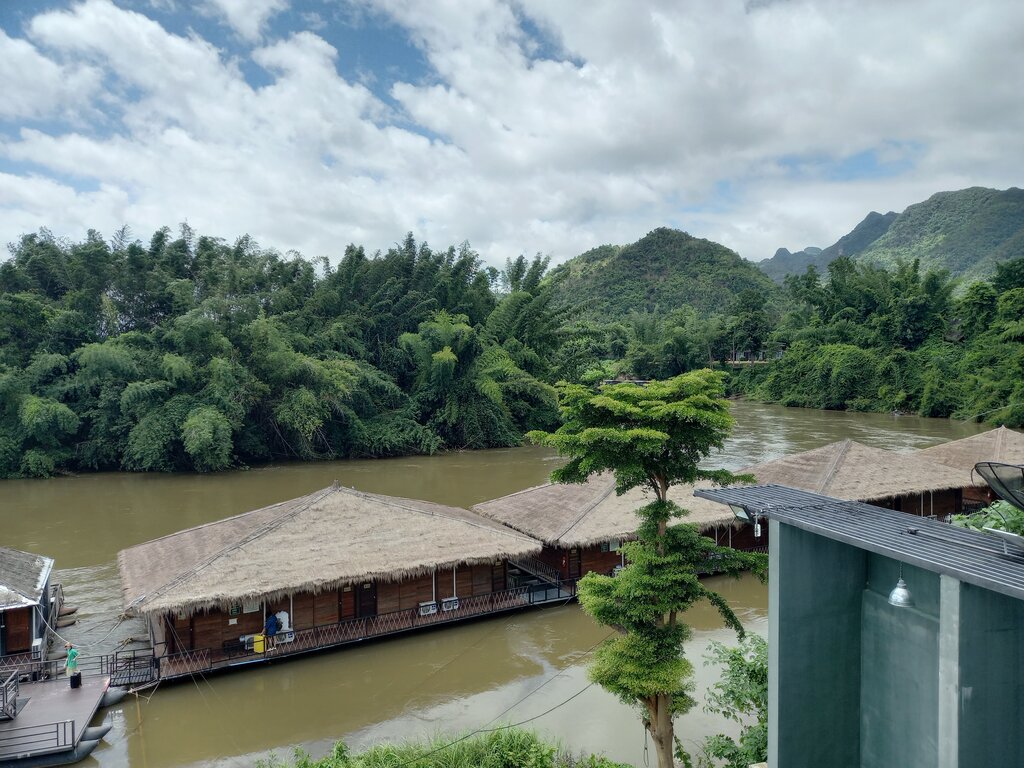 This district is on the Thai-Burma border and has the Sai Yok National Park with Sai Yok waterfall and Lawa Cave there is also Khmer-style temple with ancient ruins in the Mueang Sing Historical Park. It took over four hours to drive there from Bangkok because of the holiday traffic and the lack of expressways in the west of Thailand.
This district is on the Thai-Burma border and has the Sai Yok National Park with Sai Yok waterfall and Lawa Cave there is also Khmer-style temple with ancient ruins in the Mueang Sing Historical Park. It took over four hours to drive there from Bangkok because of the holiday traffic and the lack of expressways in the west of Thailand.
There are plenty of places in Kanchanaburi Province to stop during the trip if you have the time or you can head north to the Erawan National Park to visit one of the most beautiful waterfalls in Thailand.
Once off the national roads, we navigated potholed country roads and unpaved dirt trails to reach our raft resort on the Kwai Noi River. We drove through fields of sugar cane and cassava, rubber plantations passing countless tractors, farmers, dogs and chickens before reaching the jungle resort.
 The riverside resorts on the Kwai Noi River offer you the chance to stay in a floating room right on the river. Raft room options range from eco-lodge with no electricity to a deluxe experience.
The riverside resorts on the Kwai Noi River offer you the chance to stay in a floating room right on the river. Raft room options range from eco-lodge with no electricity to a deluxe experience.
We stayed at a mid-range place with air-conditioning and Wi-Fi that’s suitable for children and family members visiting from cooler less humid climates. As we are in the rainy season the river is high and fast flowing so we were warned not to swim and take extra care of children on the room’s open deck.
Along the Burma Railway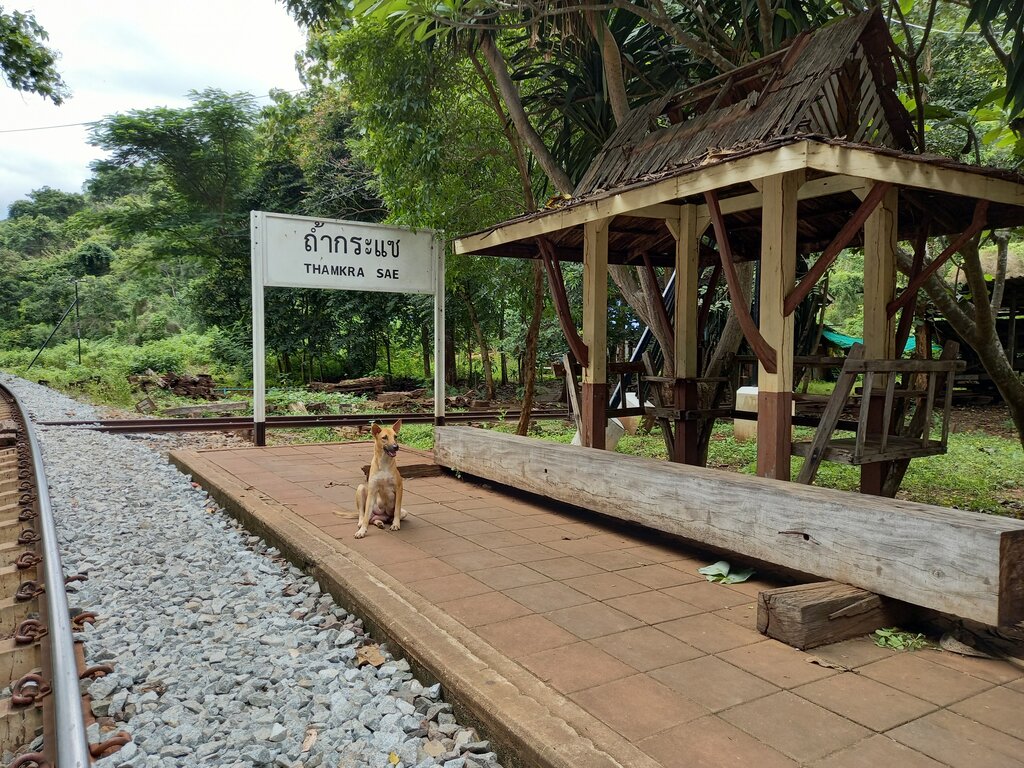 The Burma Railway or the Death Railway is a 415 km railway between Ban Pong, Thailand and Thanbyuzayat, Myanmar. It was built from 1940-1943 by laborers including 60,000 Allied prisoners of war under the Japanese military during World War 2. Today only the Thai part of the railway is used with a couple of trains going from Bangkok to Nam Tok station in Sai Yok, Kanchanaburi Province.
The Burma Railway or the Death Railway is a 415 km railway between Ban Pong, Thailand and Thanbyuzayat, Myanmar. It was built from 1940-1943 by laborers including 60,000 Allied prisoners of war under the Japanese military during World War 2. Today only the Thai part of the railway is used with a couple of trains going from Bangkok to Nam Tok station in Sai Yok, Kanchanaburi Province.
Despite the inhumane origins of this railway, it is a timely reminder of the dangers and futility of irrational nationalism. One of the most visited parts of the railway line is the iconic Bridge on the River Kwai over the Kwai Yai River. This steel and concrete bridge was built in 1943. You can walk across the bridge or visit the museums or war cemeteries nearby to learn more about the painful story of this railway.
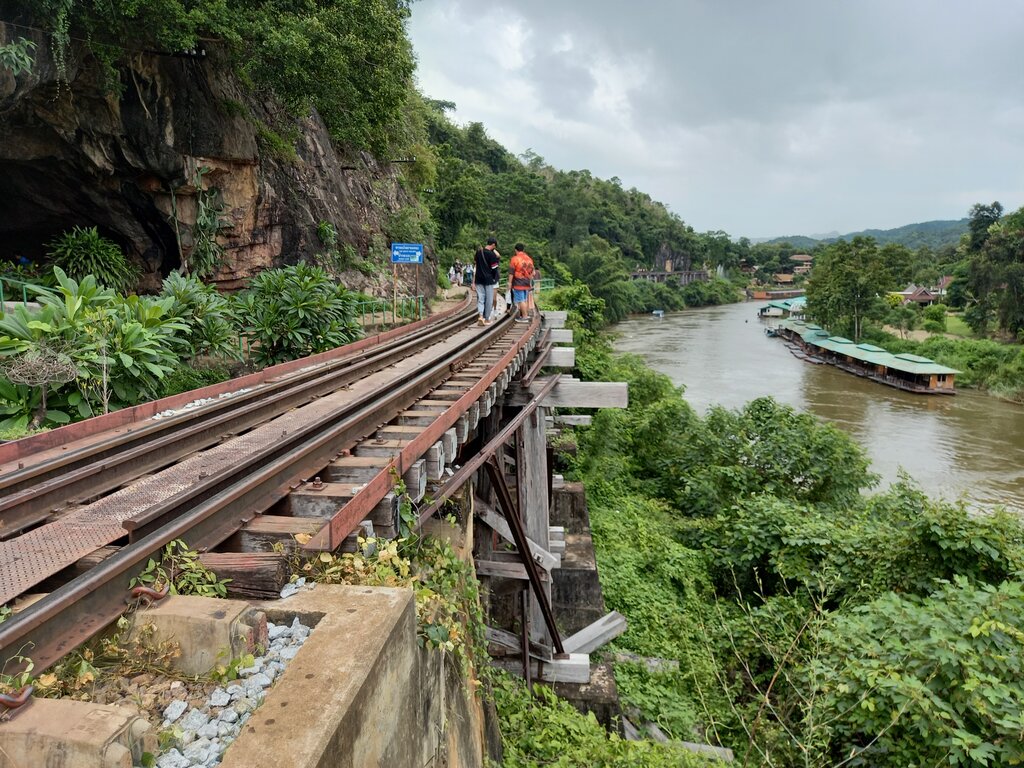 Another scenic spot of the railway is the Wang Pho Viaduct or Tham Krasae Railway Bridge at the Thamkra Sae station. Here a railway bridge made of wooden trestles follows the cliff along the Khwai Noi River. There is also Krasae Cave next to the viaduct that is now a Buddhist temple to bereave those killed in building the bridge and railway.
Another scenic spot of the railway is the Wang Pho Viaduct or Tham Krasae Railway Bridge at the Thamkra Sae station. Here a railway bridge made of wooden trestles follows the cliff along the Khwai Noi River. There is also Krasae Cave next to the viaduct that is now a Buddhist temple to bereave those killed in building the bridge and railway.
Mallika City, 1905 A.D.
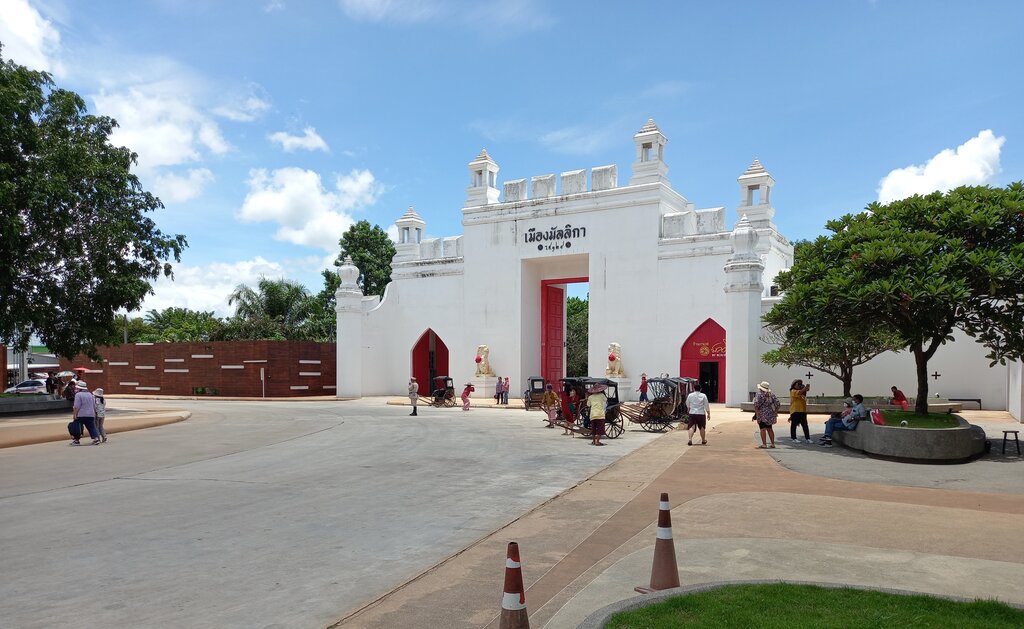 Another scenic spot of the railway is the Wang Pho Viaduct or Tham Krasae Railway Bridge at the Thamkra Sae station. Here a railway bridge made of wooden trestles follows the cliff along the Khwai Noi River. There is also Krasae Cave next to the viaduct that is now a Buddhist temple to bereave those killed in building the bridge and railway.
Another scenic spot of the railway is the Wang Pho Viaduct or Tham Krasae Railway Bridge at the Thamkra Sae station. Here a railway bridge made of wooden trestles follows the cliff along the Khwai Noi River. There is also Krasae Cave next to the viaduct that is now a Buddhist temple to bereave those killed in building the bridge and railway.
Mallika City, 1905 A.D.
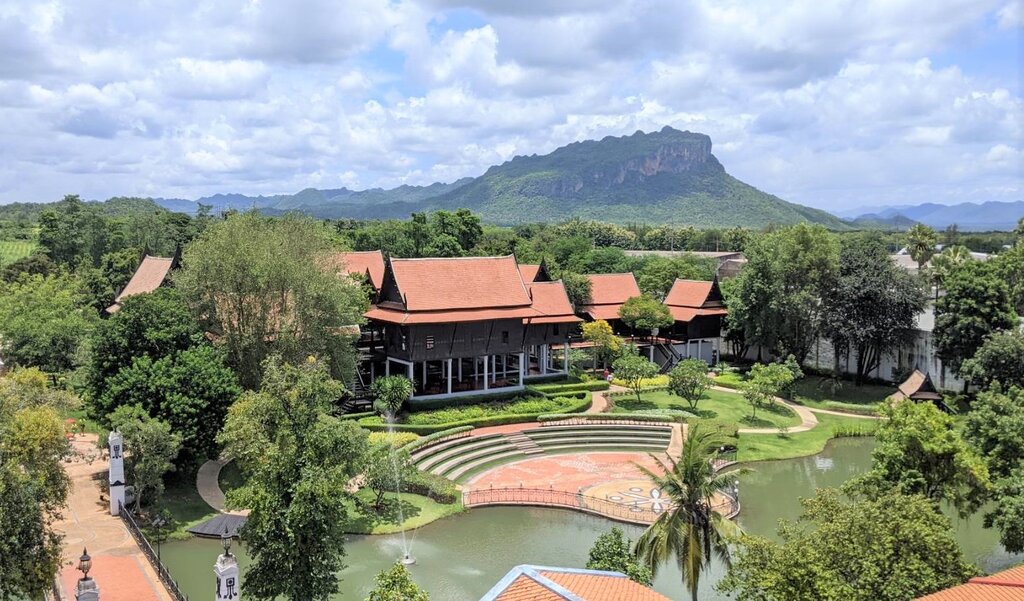 This park is an interactive and fascinating way to learn what life was like for all strata of Siam society from nobility to peasants. We had a lunch of traditional Thai curries and explored the early Siamese Chinese trading quarter before trying our hand at some rice milling at the farm.
This park is an interactive and fascinating way to learn what life was like for all strata of Siam society from nobility to peasants. We had a lunch of traditional Thai curries and explored the early Siamese Chinese trading quarter before trying our hand at some rice milling at the farm.
The attention to detail and accuracy of the place is impressive. For example, the park makes its own charcoal for cooking and only uses satang coins of the time for transactions.
Summary
Although Thailand’s western province of Kanchanaburi is best known for its cruel World War 2 history, the lush scenery, slow country life and rich cultural heritage still make it a worthwhile place to visit.
Whether you want to unplug and do a digital fast in an eco-lodge or forest camp, or you just want to spend a day caring for elephants or rafting on the river there are plenty of ways to enjoy a jungle vacation. You can also visit some of the many historical sites along the Burma Railway for a more sobering reminder of the inglorious realities of war.
Useful Links:
Sai Yok National Park: https://goo.gl/maps/GK4gRF8XhfH5A58g8
Erawan National Park: https://goo.gl/maps/RPVyK7uTg3s9gM869
Bridge on the River Kwai: https://goo.gl/maps/LFigzFpZp28QcdNY7
Tham Krasae Railway Bridge: https://goo.gl/maps/Z7VA6Njz2pYEA3q69
Malika City: https://www.mallika124.com/en/attractions.htmlLocation: https://goo.gl/maps/5ULeC9p9nczxccte8


